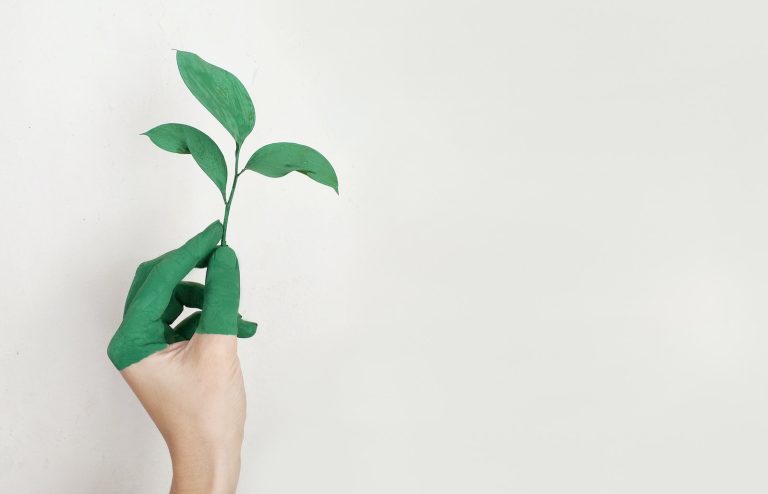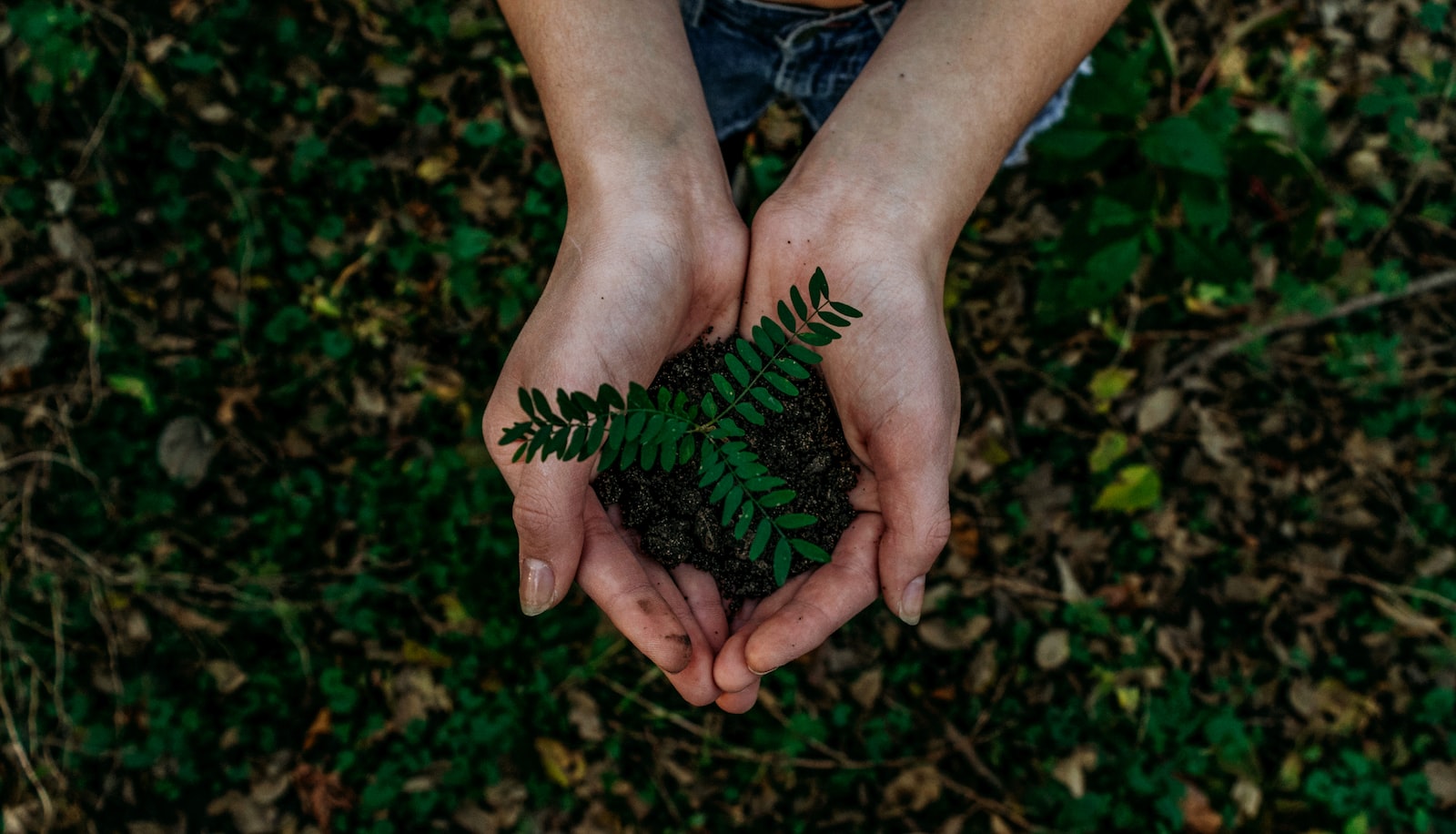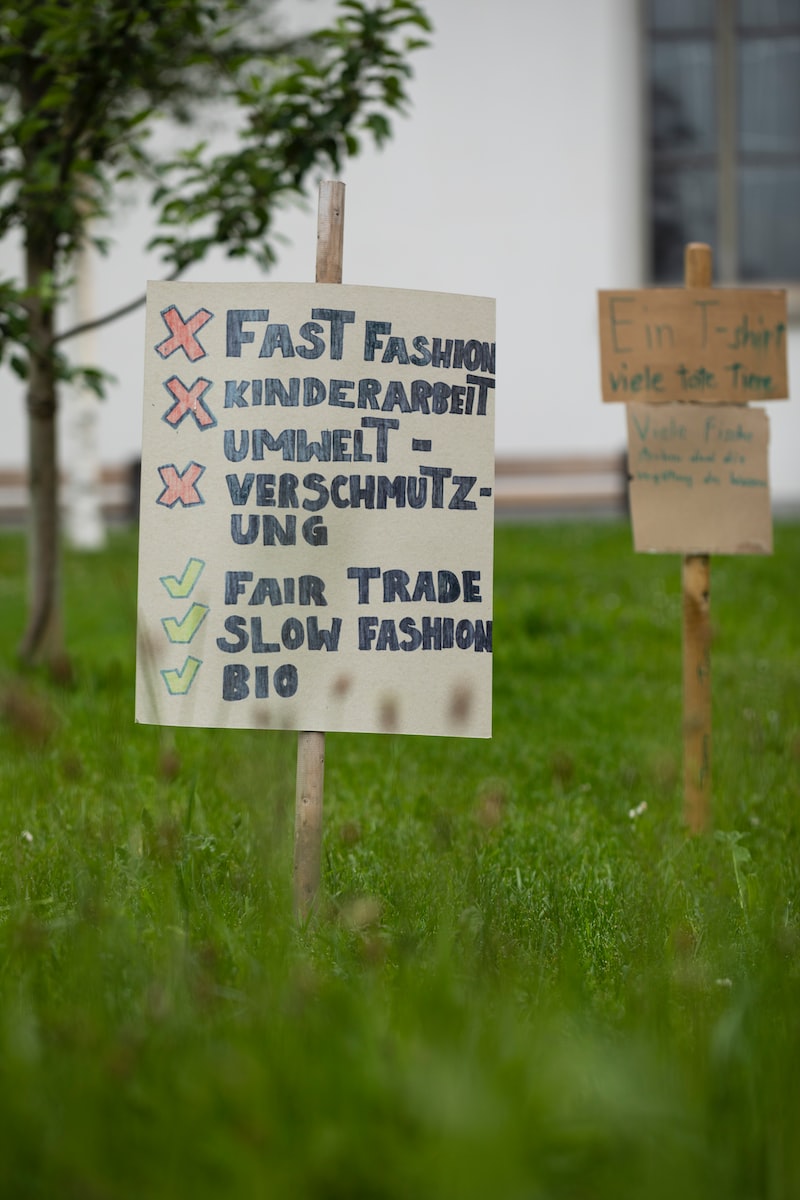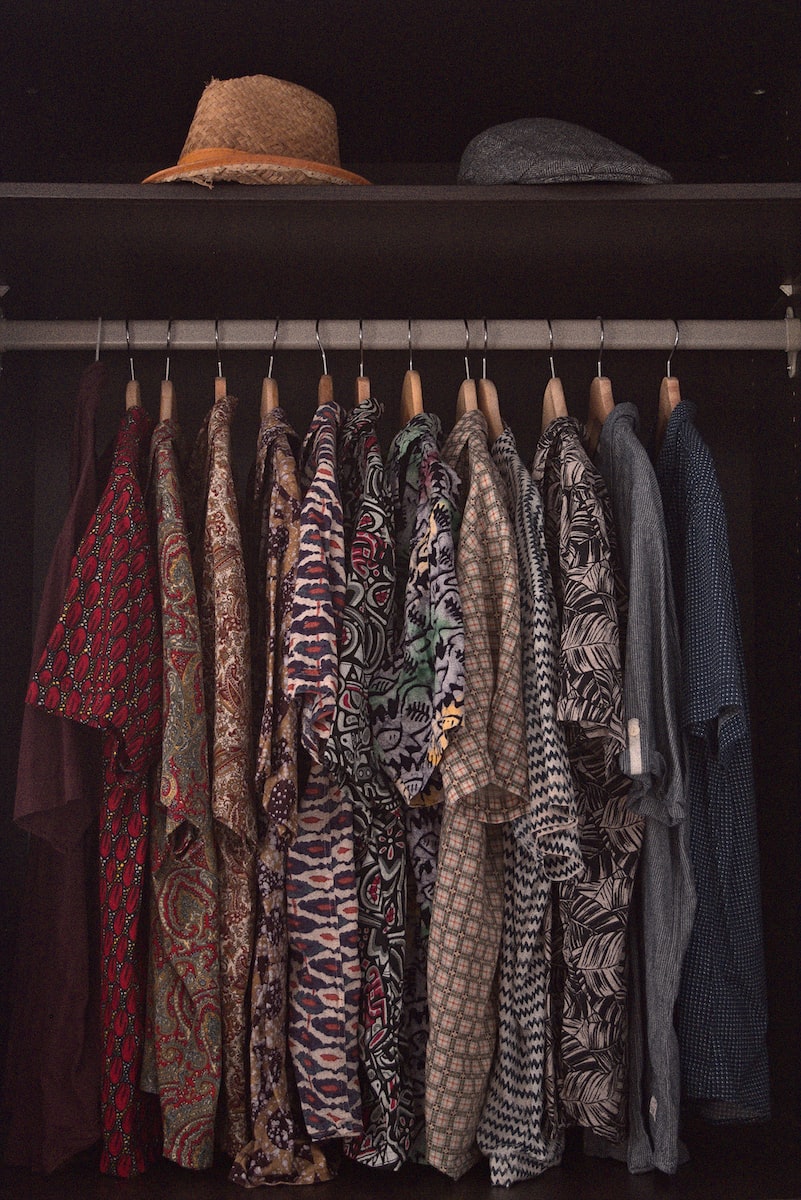The vision of a zero-waste economy, where resources are continuously kept in the value cycle, is desirable but not easy to implement. On the path to a circular economy, several hurdles await. Nonetheless, the future for a more sustainable world lies in the circular economy. Read more about the future of a sustainable world.
Technical Challenges
A key requirement for the circular economy is that all materials and products used are designed from the outset for later repair, reuse, or biodegradability. This requires enormous innovation in design and production technologies that overcome linear thinking.
Especially for complex products with many different components, circular optimization is a major technical challenge. Additionally, the necessary infrastructures, such as efficient return and recycling facilities, are often still lacking.
Economic Hurdles
Currently, producing new products from primary raw materials is often cheaper than using secondary raw materials from recycling. As a result, many companies have little incentive to rethink.
Financing the sometimes high investments required to switch to circular value chains also presents an economic hurdle.
Regulatory Tasks
In some legal areas, there are still no clear guidelines and incentive systems for a circular economy. Government action is needed here, for example, by extending producer responsibility or mandatory recycling quotas.
Closing regulatory loopholes that allow “greenwashing” is also a task for policymakers.
Behavioral Challenges
Last but not least, there are challenges in the area of consumer behavior. Citizens need to be convinced of the benefits of the circular economy and educated in their consumption patterns. Reusing, repairing, and recycling instead of throwing away must become the norm.
Key Takeaways
- The transformation to a circular economy is associated with both, technical and economic hurdles.
- Politics and regulation must set the framework for a systemic change.
- Consumer education and a change in usage behavior are essential.
- Only through the interaction of all stakeholders can the vision of a circular economy be realized.
Act now and become part of the circular economy! Download our browser extension, which helps you find everything secondhand and shop more sustainably.











